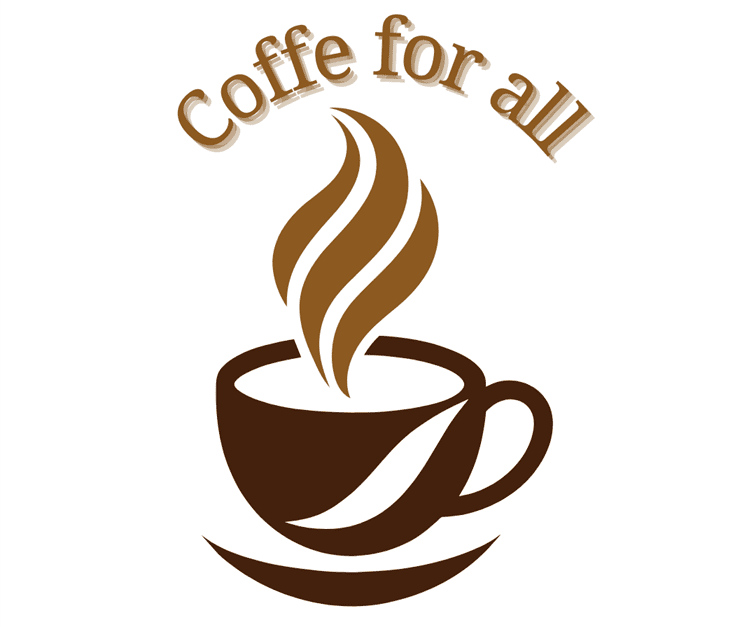Understanding Coffee Recalls: How to Spot Contaminated Coffee and Stay Safe
Table of Contents
Coffee Recall: Understanding What It Means and How to Stay Safe
Coffee is a cherished drink savored by millions globally, whether as part of a morning routine or a midday boost.. However, like many food and drink products, coffee is not exempt from the possibility of contamination or quality issues. From mold contamination to incorrect labeling, coffee recalls can occasionally affect the products you love.
In this article, we’ll explore what a coffee recall is, why it happens, how to identify recalled products, and what to do if you’ve purchased a recalled coffee product.

What Is a Coffee Recall?
A coffee recall occurs when a manufacturer or regulatory body (such as the Food and Drug Administration or the U.S. Department of Agriculture) identifies that a specific batch or product of coffee could pose a health risk or doesn’t meet safety standards. When this happens, the company will typically pull the product from stores and issue a public announcement advising customers not to consume the coffee.
Recalls can occur for several reasons, such as:
- Contamination: Coffee may be contaminated with harmful substances like mold, bacteria, or foreign objects that could pose a risk to health.
- Incorrect Labeling: Sometimes, products might be labeled incorrectly, for example, a product may contain allergens (like dairy) but doesn’t have the necessary allergen warnings on the packaging.
- Quality Control Issues: Some coffee products may not meet the company’s quality standards, even though they aren’t necessarily dangerous, prompting a recall.
- Foreign Ingredients: Coffee brands may accidentally introduce ingredients not mentioned on the label. This can be a major issue for people with dietary restrictions or allergies.
Why Do Coffee Recalls Happen?
Coffee recalls are generally issued when something goes wrong during the manufacturing or distribution process. Some of the most common reasons include:
- Mold Growth: Coffee, especially when stored improperly or in high-humidity environments, can develop mold. While it’s generally safe to drink coffee, mold can cause allergic reactions in some people or lead to other health issues.
- Pesticide Contamination: While uncommon, certain coffee batches may be recalled if they contain pesticide residues that surpass acceptable safety thresholds.
- This is often a precautionary measure to ensure consumer safety.
- Foreign Materials: Pieces of metal or plastic from machinery may accidentally end up in the coffee beans. If these are found after packaging, a recall may be issued to prevent potential harm.
How to Identify Recalled Coffee Products
Coffee brands that issue recalls will usually provide clear instructions on how consumers can identify affected products. Here are a few tips to help you spot recalled coffee:
- Product Labels: Look for any announcement from the company that includes batch numbers, UPC codes, or any specific product dates. Manufacturers will usually include these details to help consumers identify whether they have purchased the affected product.
- Official Announcements: If there’s a recall, companies and regulatory bodies will often publish alerts in major news outlets, on their websites, or through email newsletters. Always check the manufacturer’s website for recall details if you’re unsure about your coffee.
- Retailer Notifications: Many large retailers, including grocery stores or online marketplaces, may send notifications to customers who bought the affected coffee products. Check your email for recall notifications from stores where you purchase your coffee.
What to Do If You Have Recalled Coffee
If you discover that you’ve purchased coffee that has been recalled, here’s what you should do:
- Stop Drinking the Coffee: Immediately discard the recalled product or return it to the place of purchase if you haven’t consumed it yet.
- Follow Instructions from the Manufacturer: Companies usually provide instructions on how to return or dispose of the recalled product. Some companies may offer refunds or replacements for the recalled coffee.
- Monitor Health Symptoms: If you’ve consumed the recalled coffee, monitor yourself for any adverse health symptoms, especially if the recall is due to contamination. If you experience any health issues, it’s important to contact your doctor.
- Contact the Manufacturer or Store: Reach out to the manufacturer or the store where you bought the product for further information, including a refund or reimbursement process.
Common Coffee Brands Affected by Recalls
While coffee recalls aren’t as frequent as recalls in other industries, some major brands have been affected in the past. Here are a few instances:
| Brand | Issue | Date of Recall |
|---|---|---|
| Kirkland Signature | Potential Salmonella contamination | 2020 |
| Cafe Altura | Undeclared allergens (tree nuts) | 2021 |
| Starbucks | Contaminated with trace amounts of mold | 2019 |
| Green Mountain Coffee | Pesticide residue above legal limits | 2018 |
These are just a few examples, but they show that even well-known brands can experience quality control issues that lead to recalls. It’s important to always stay informed and check for official announcements when purchasing coffee.
How to Avoid Buying Recalled Coffee
To reduce the likelihood of purchasing recalled coffee, here are a few preventive steps:
- Buy from Reputable Sources: Purchase your coffee from trusted stores or brands that have a good track record of quality control.
- Check Dates: Always check the expiration date or “best by” date on coffee packaging to ensure you’re getting fresh coffee.
- Store Coffee Properly: Make sure to store your coffee in a cool, dry place. Proper storage can prevent contamination like mold and preserve the flavor.

